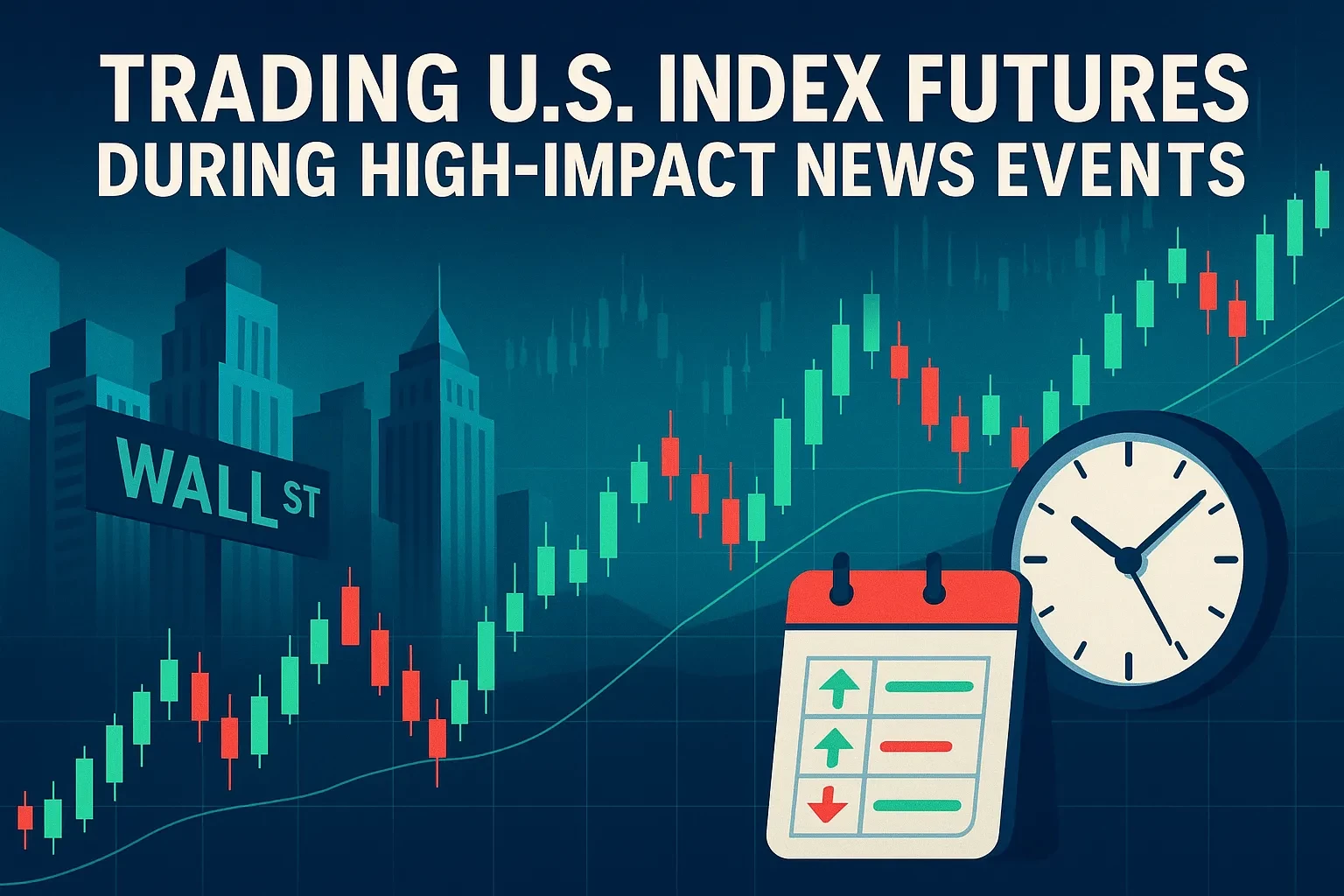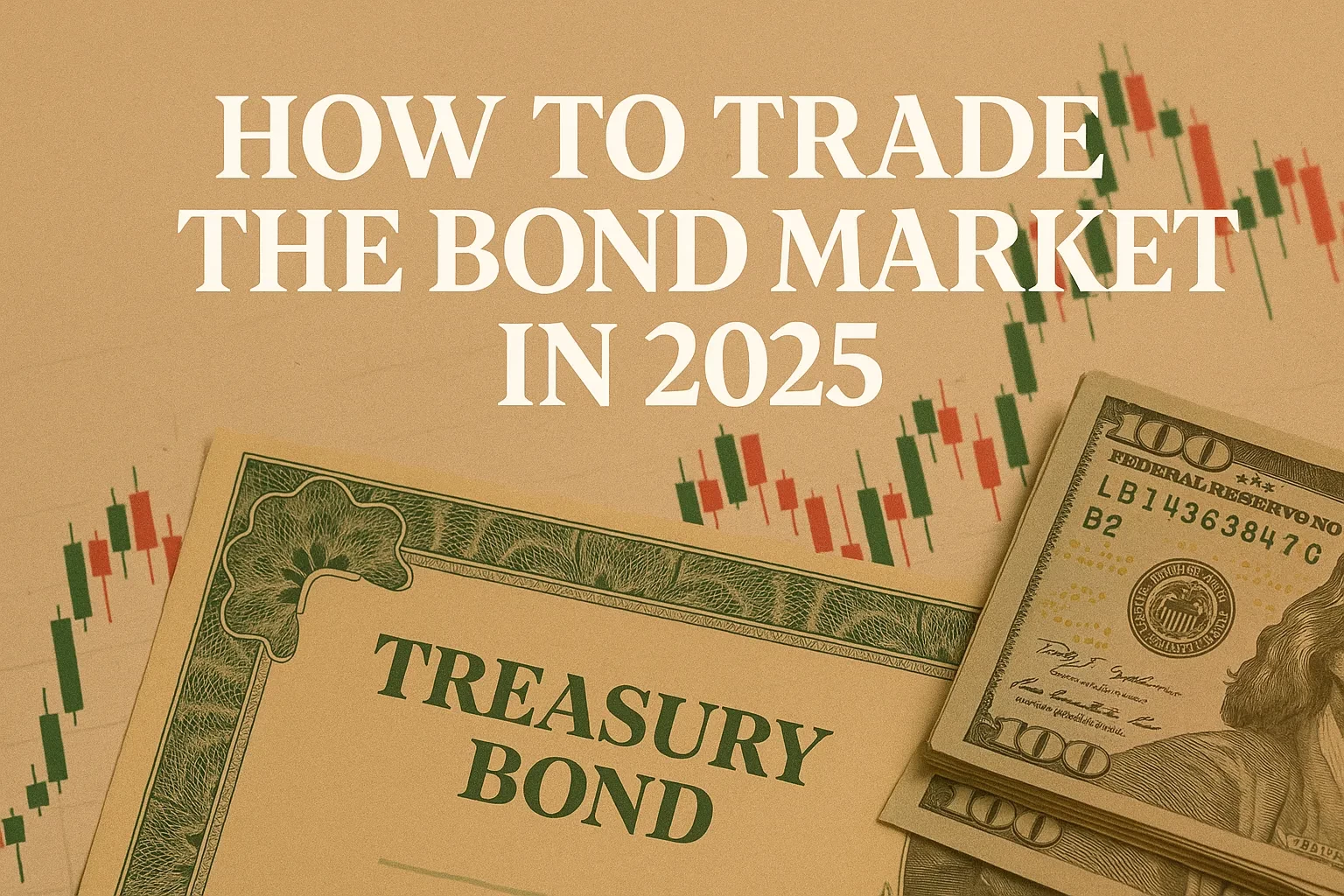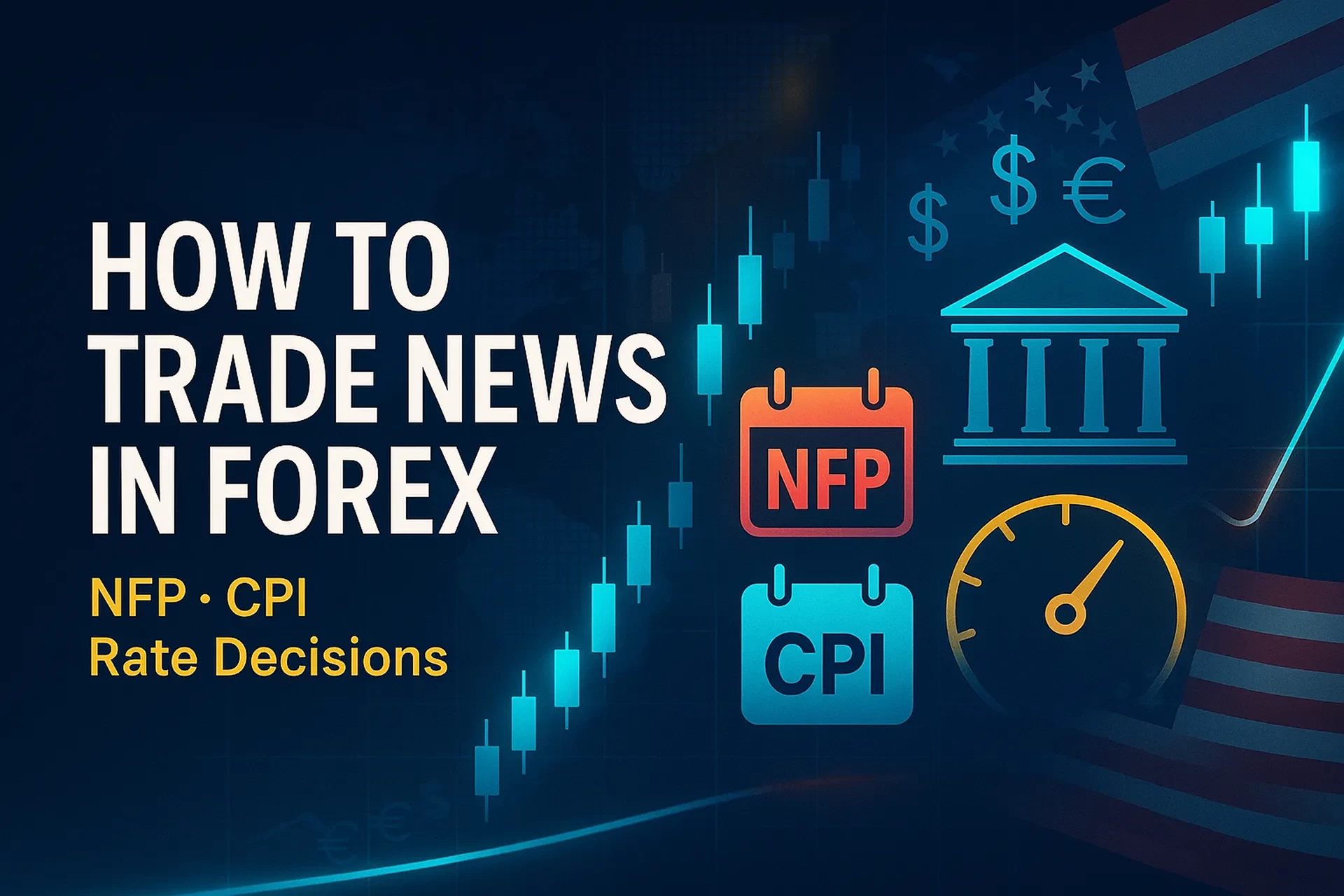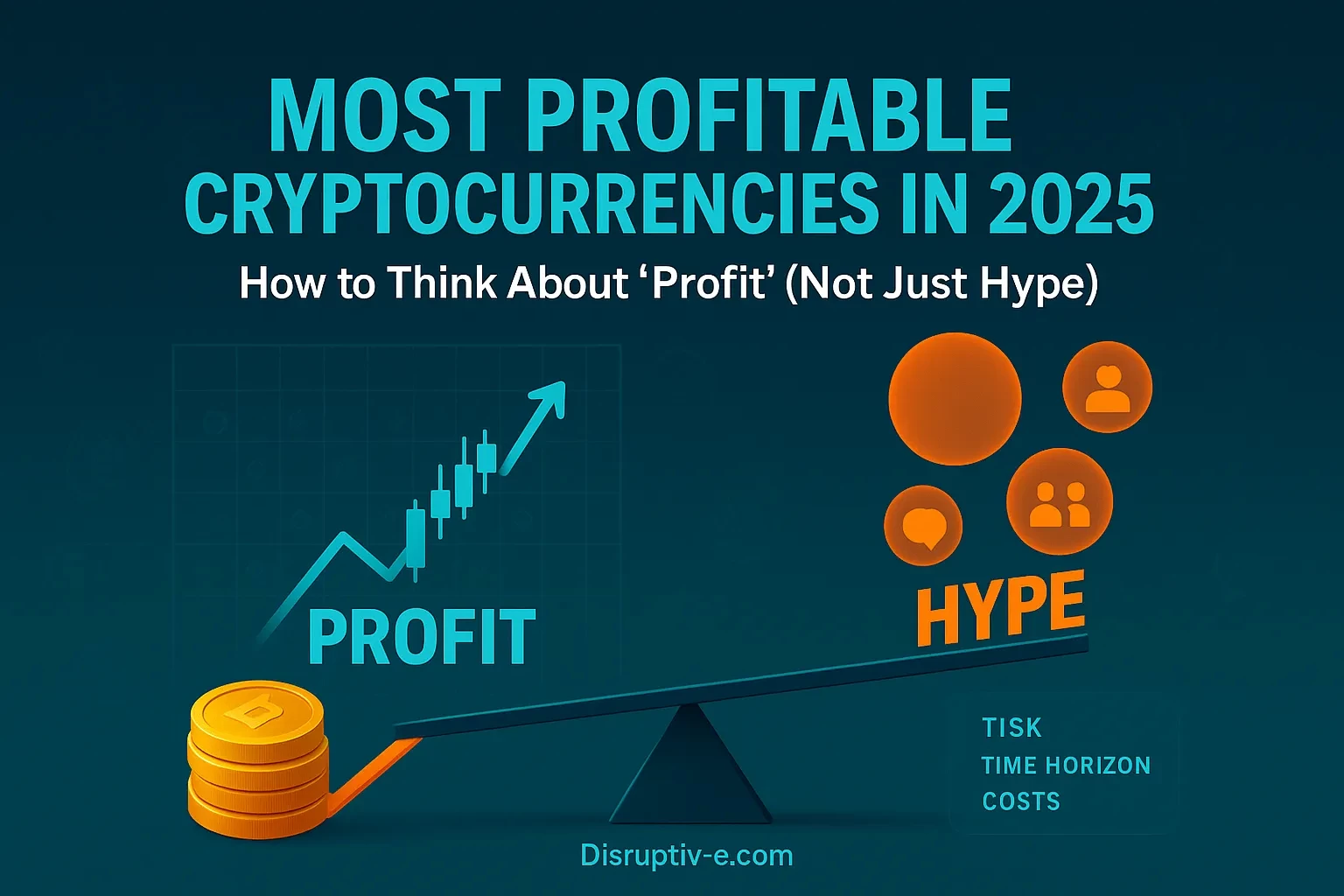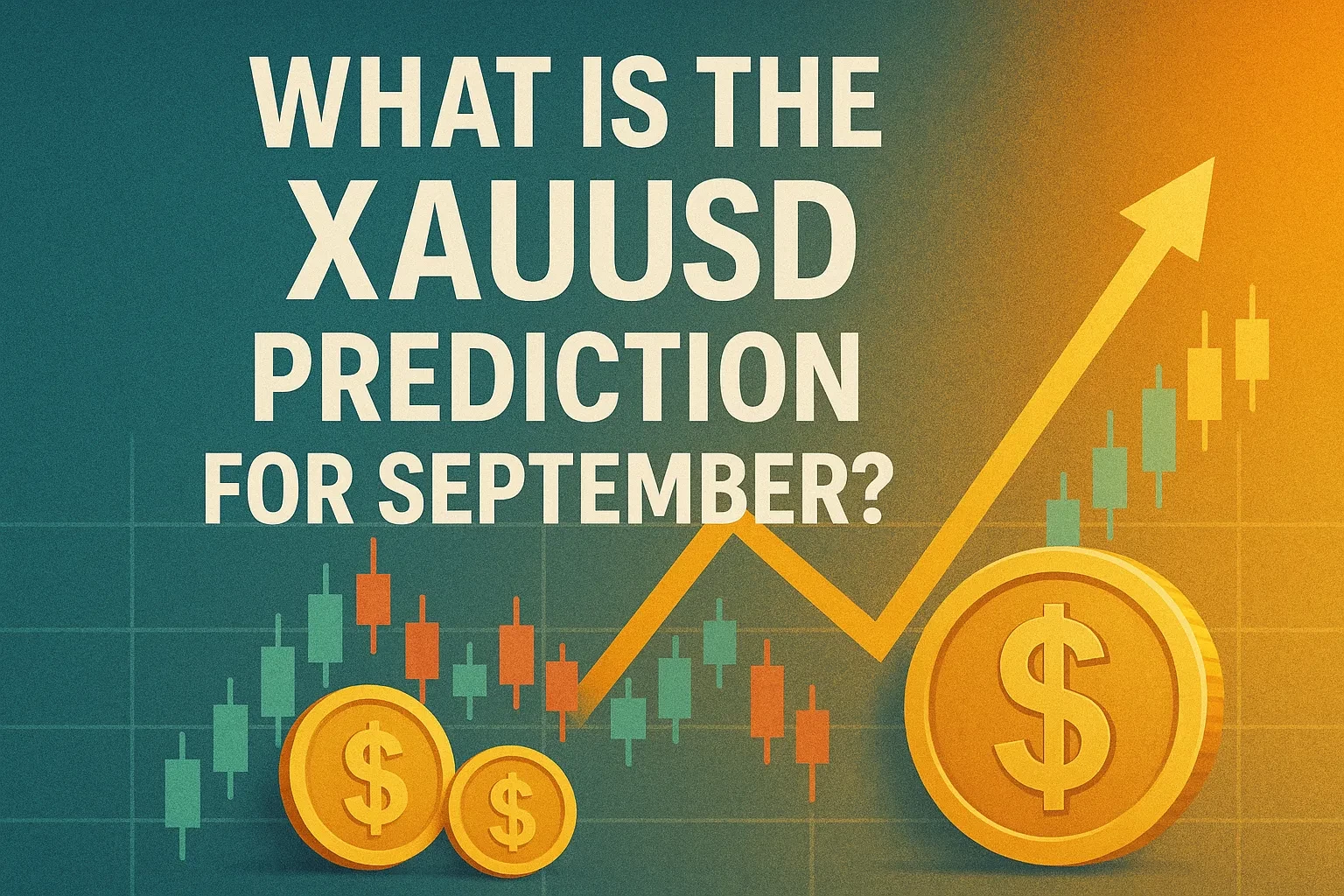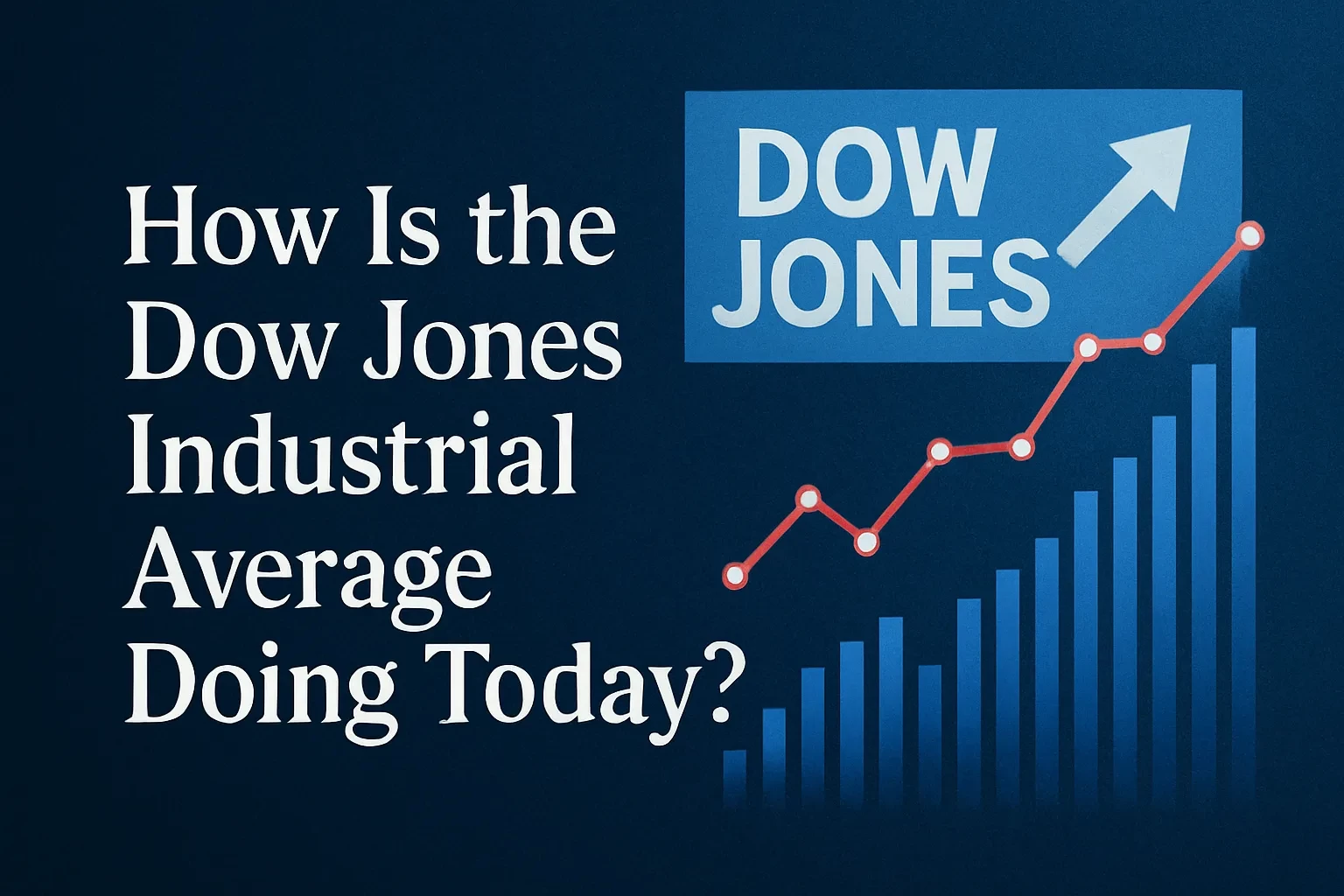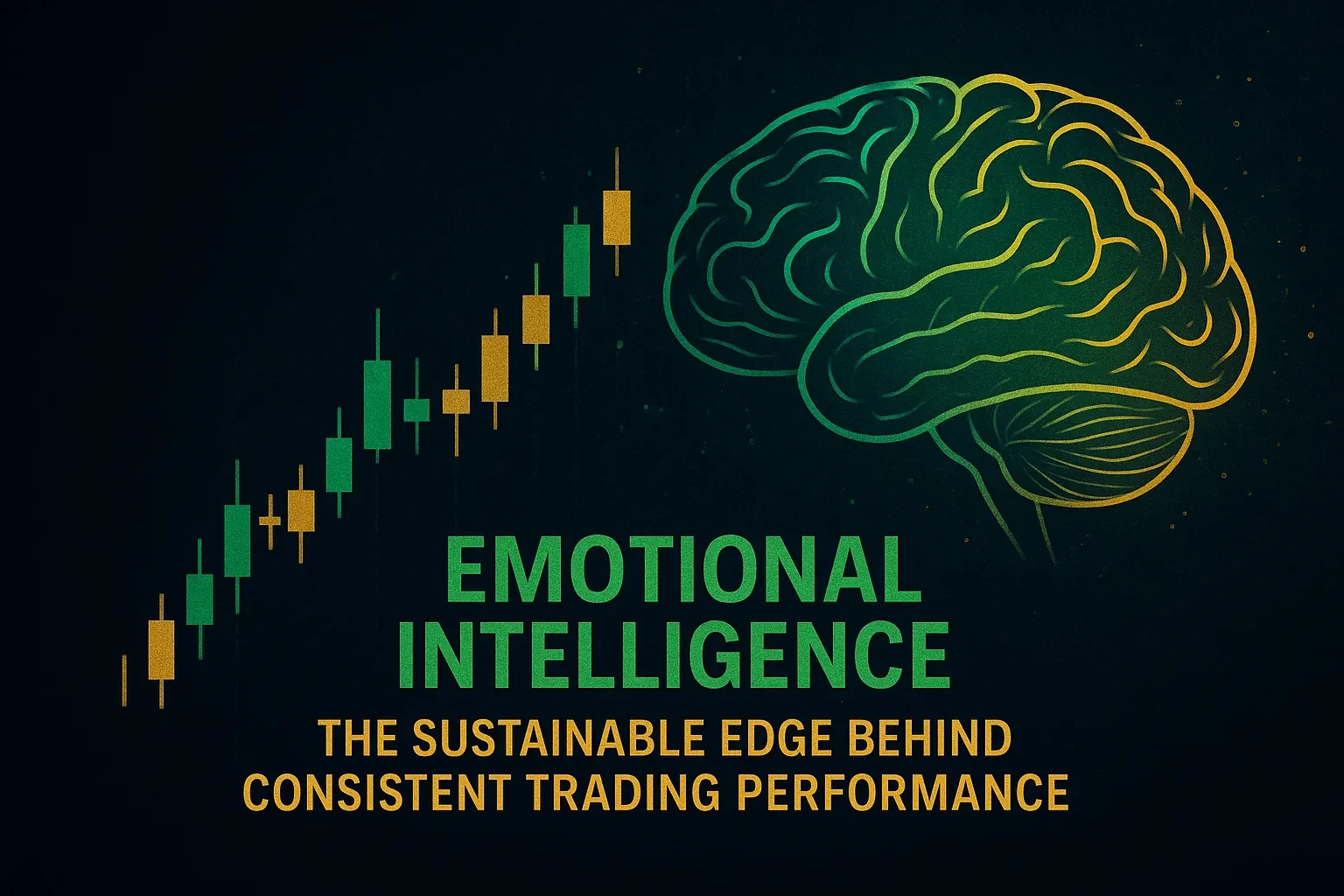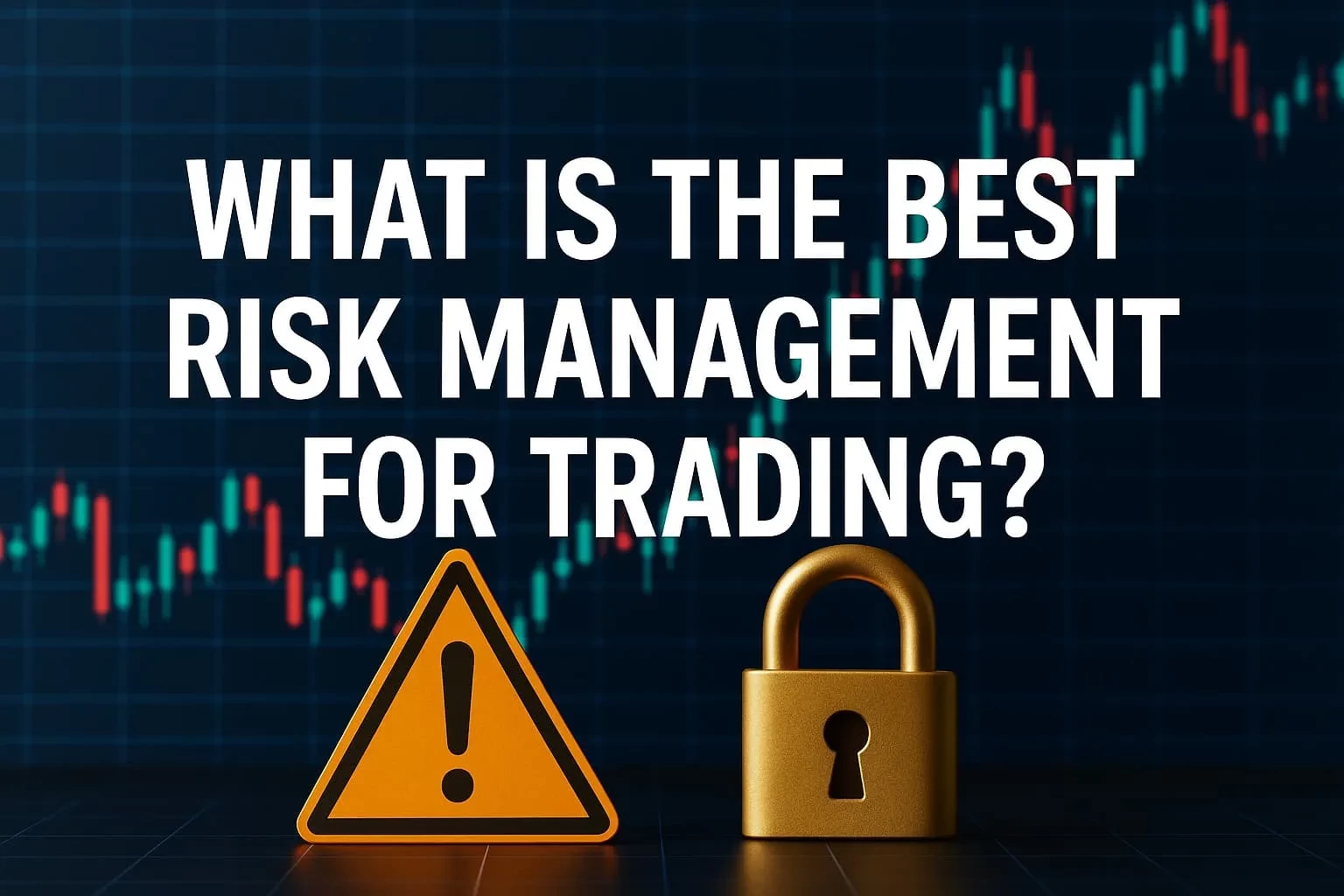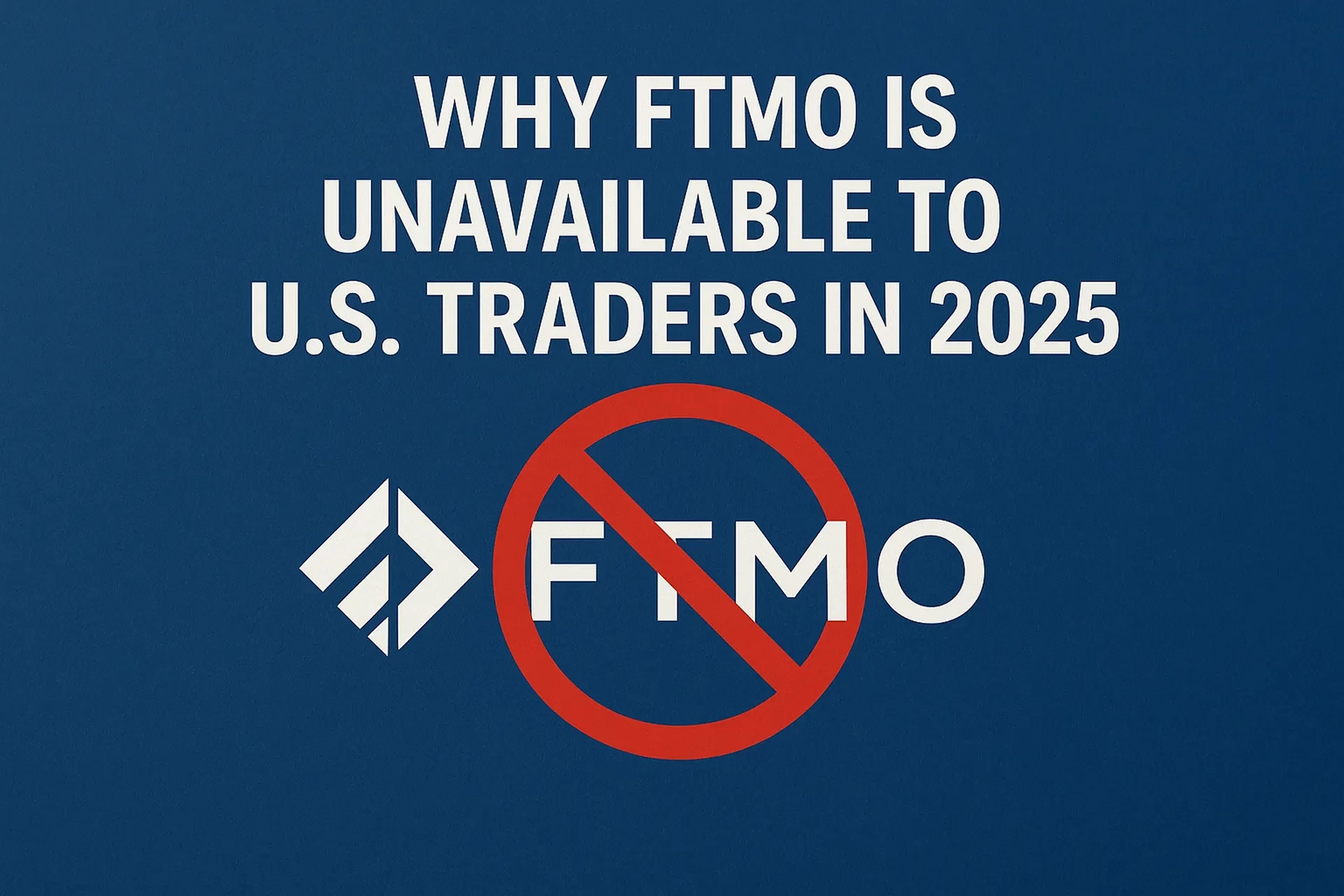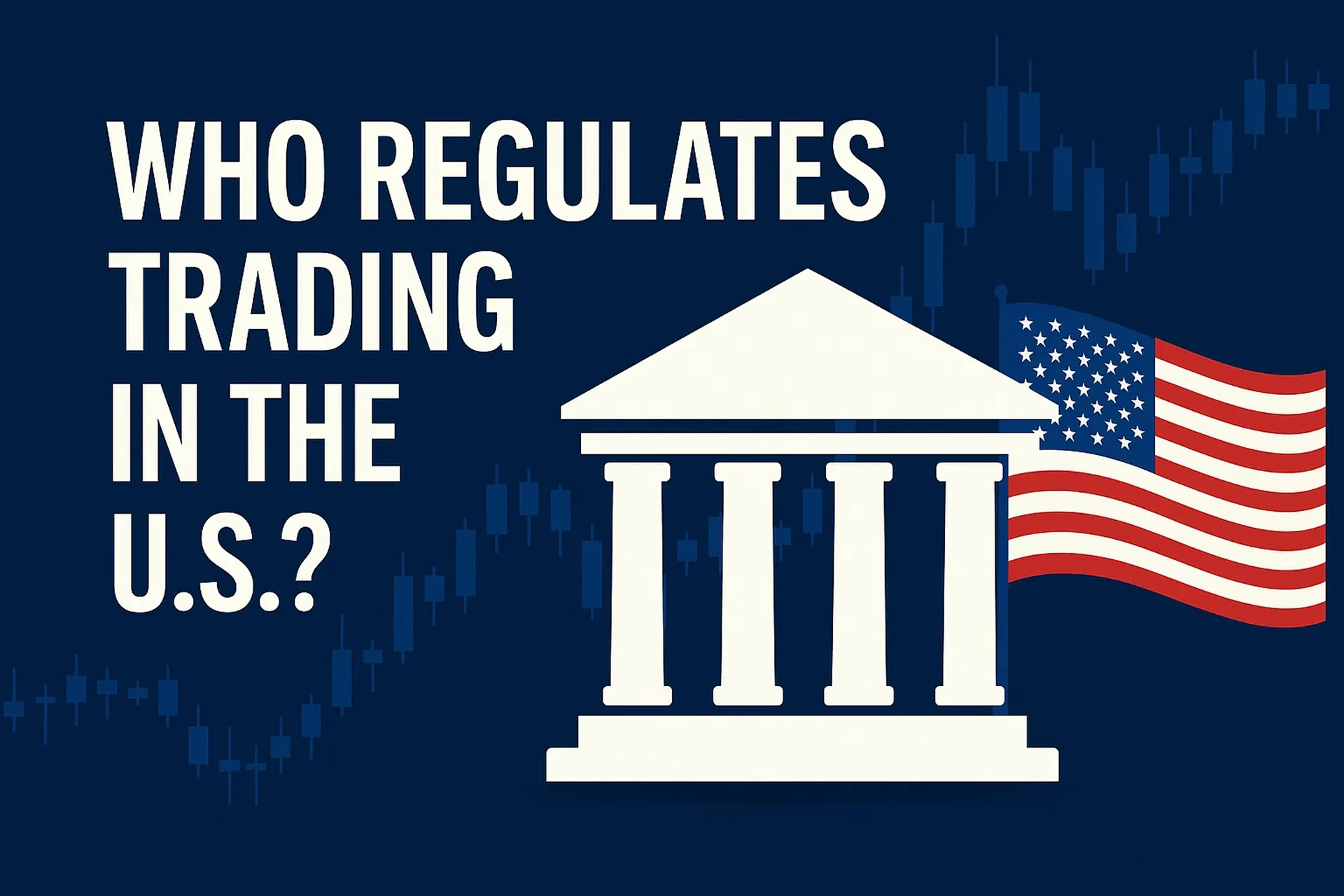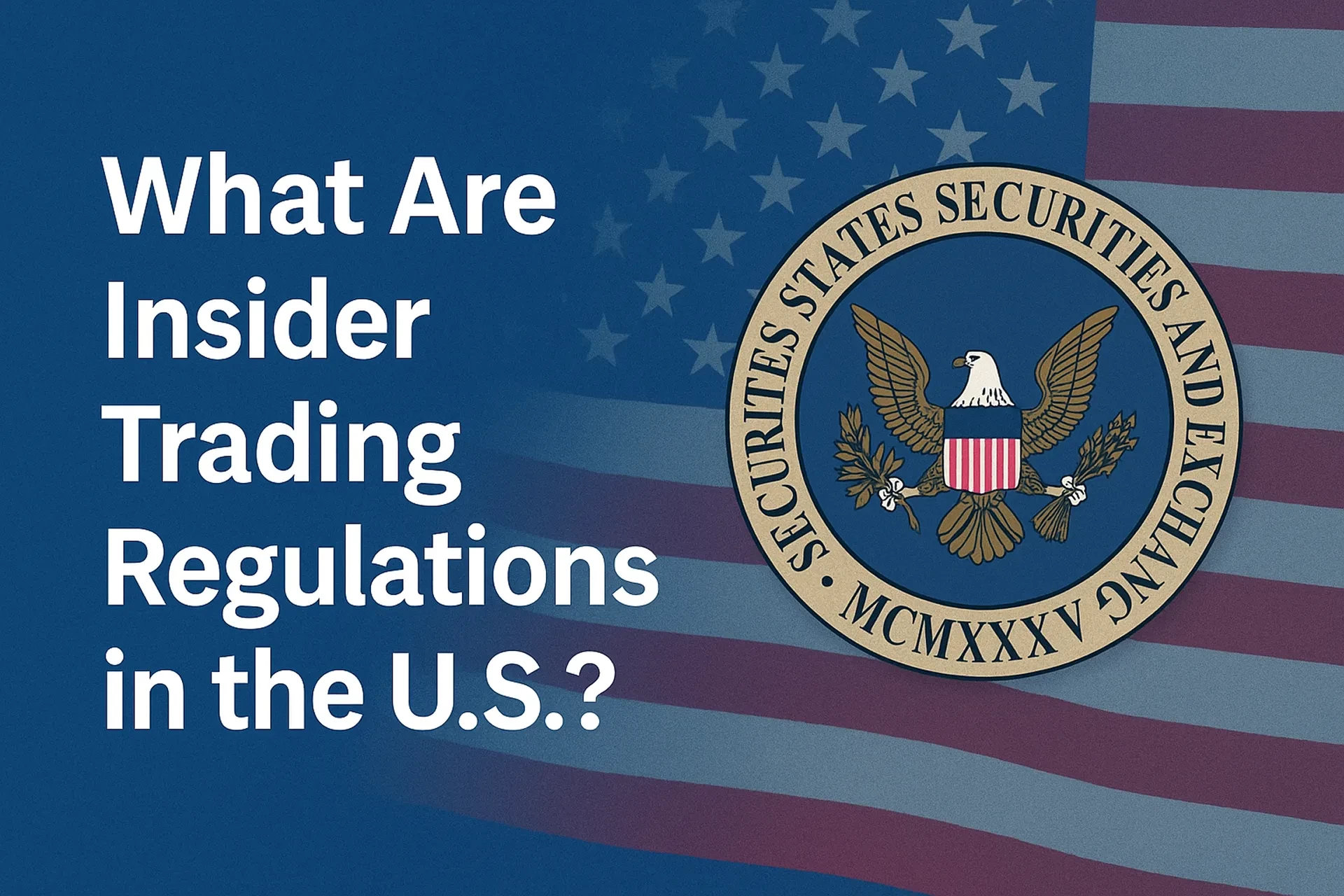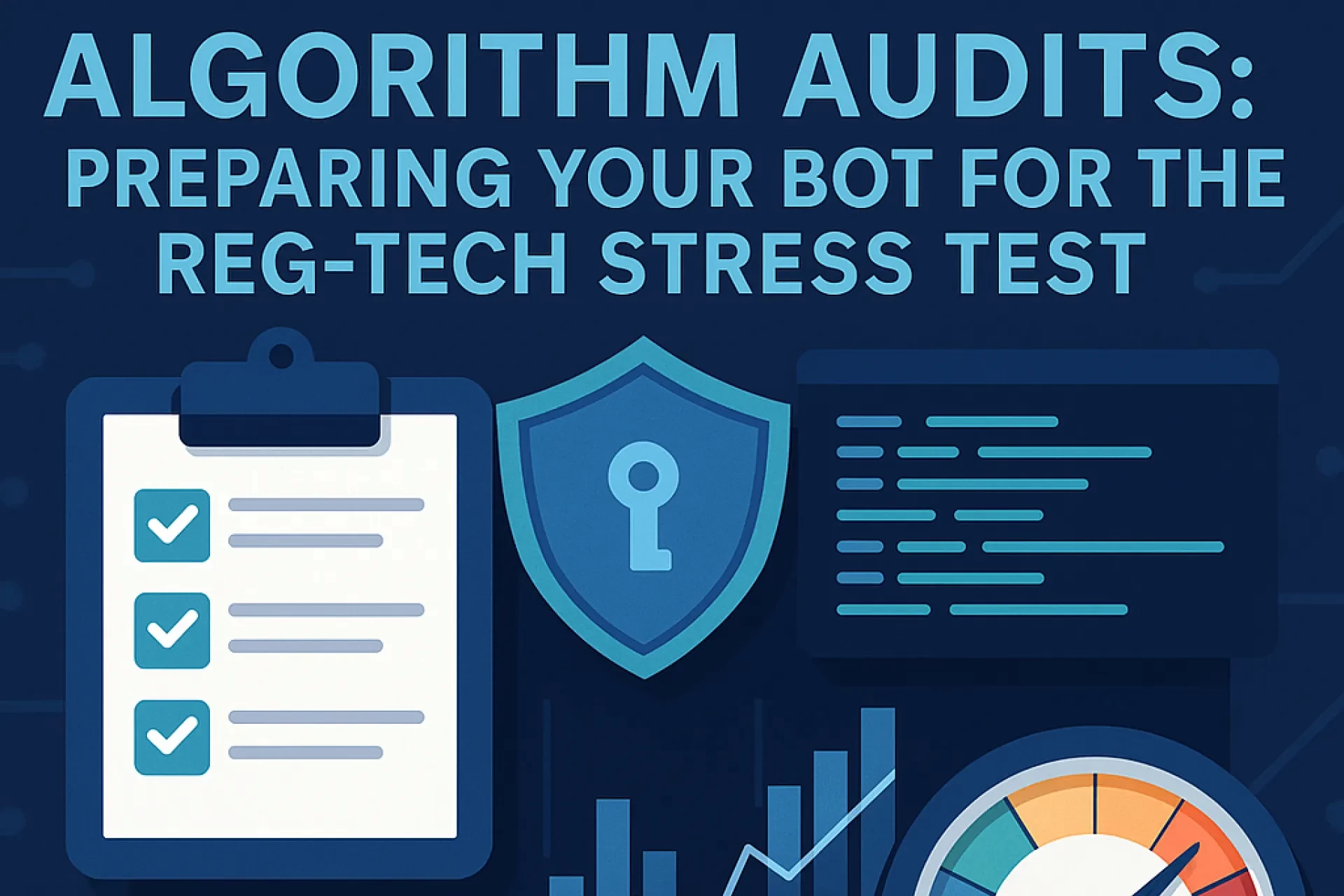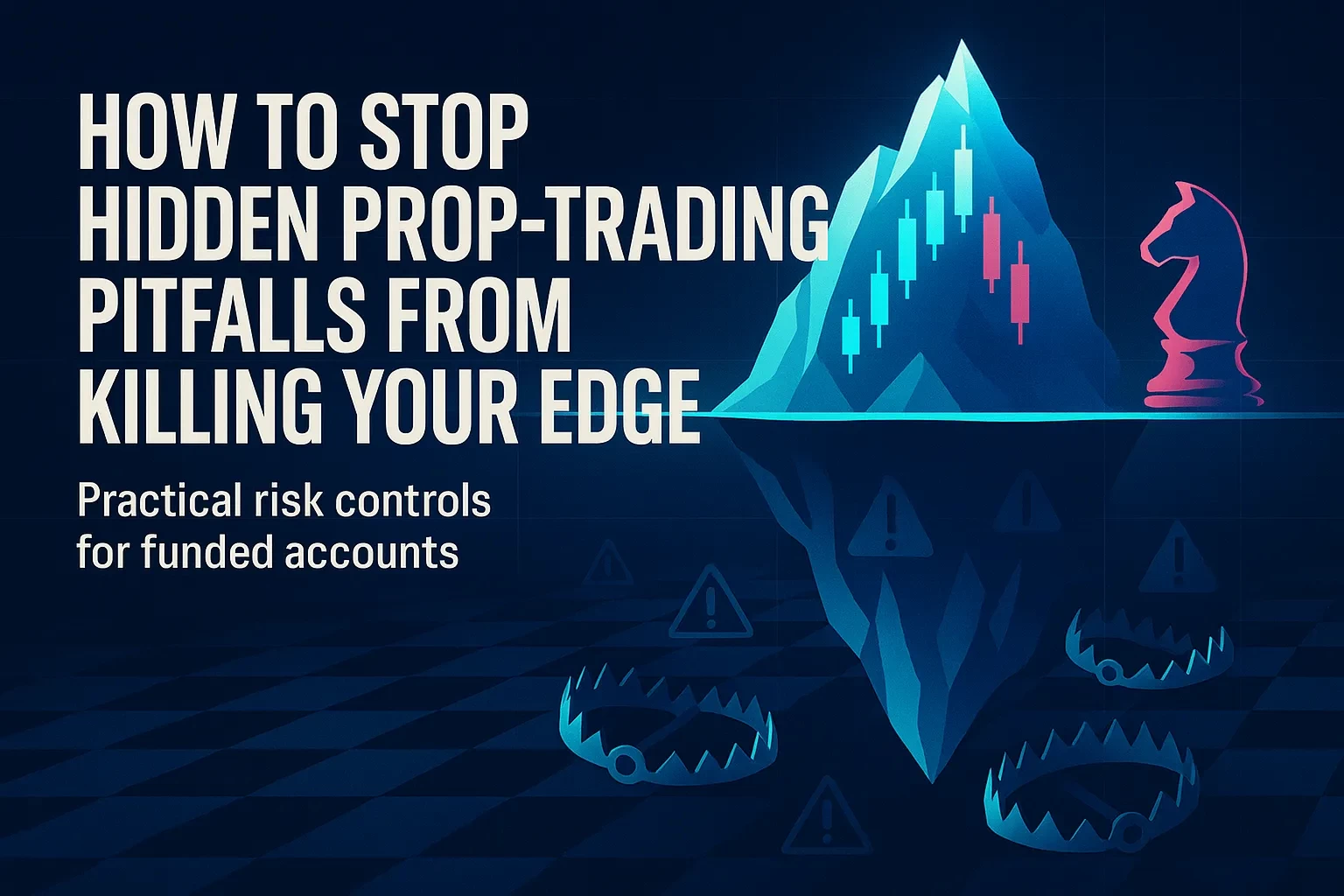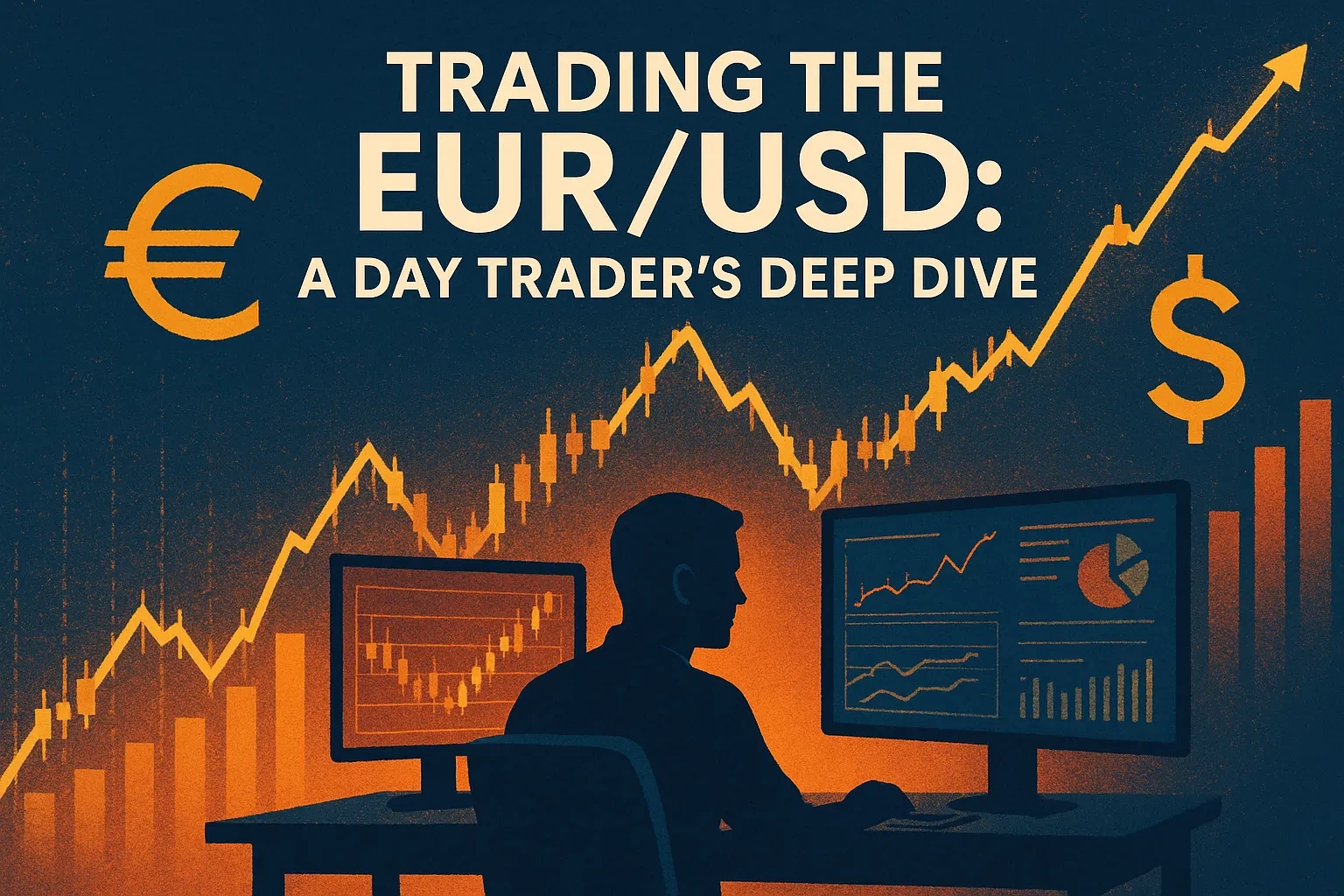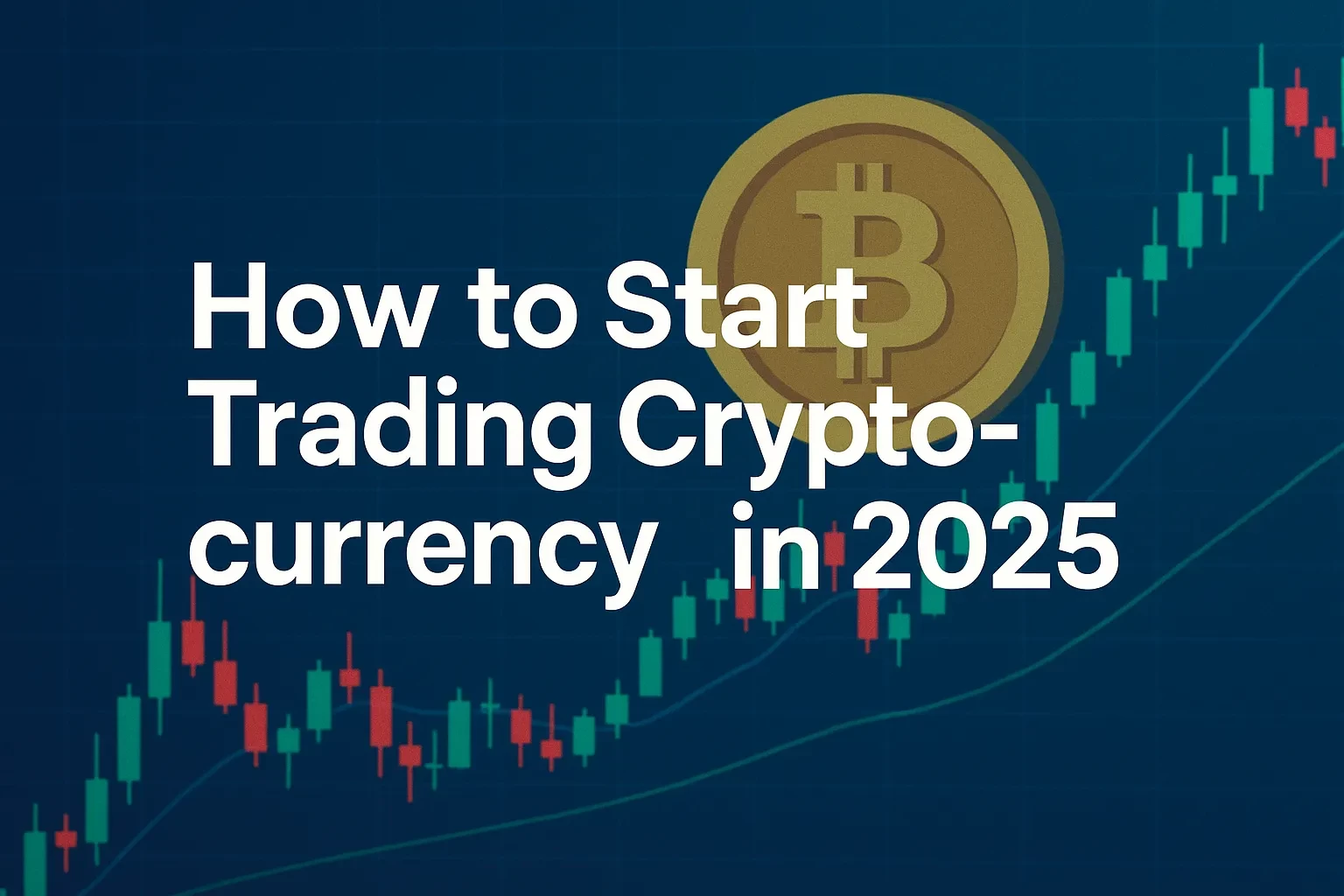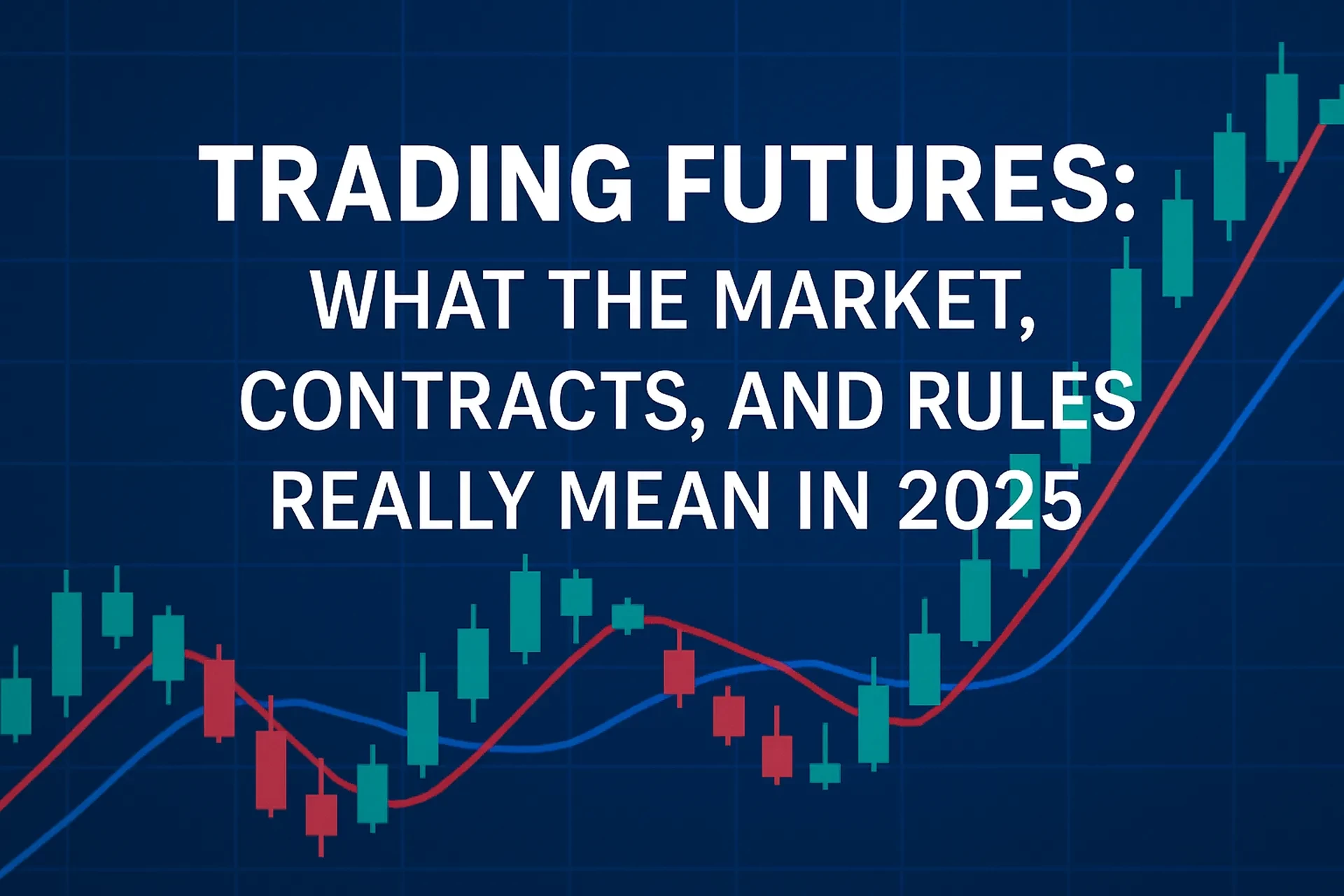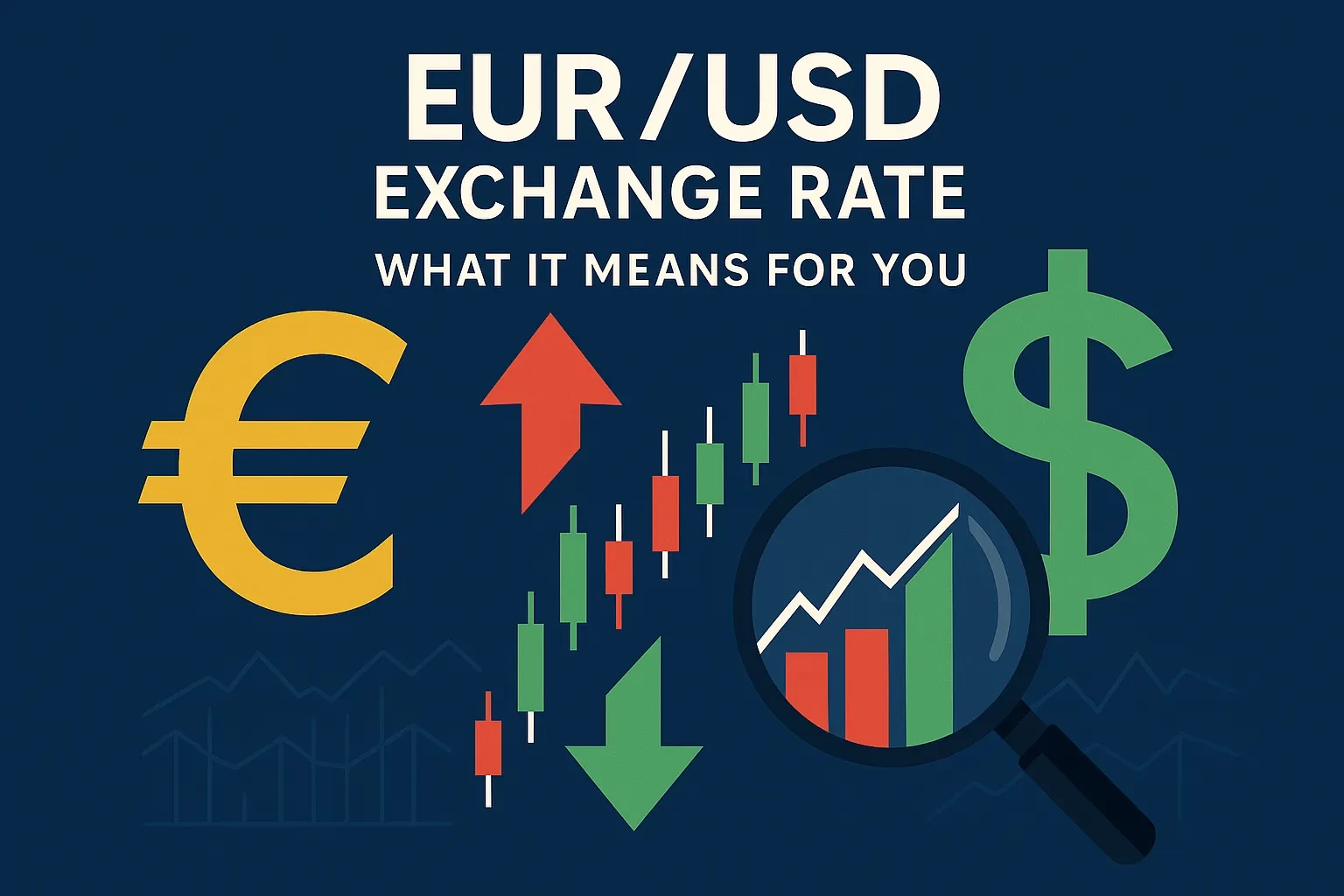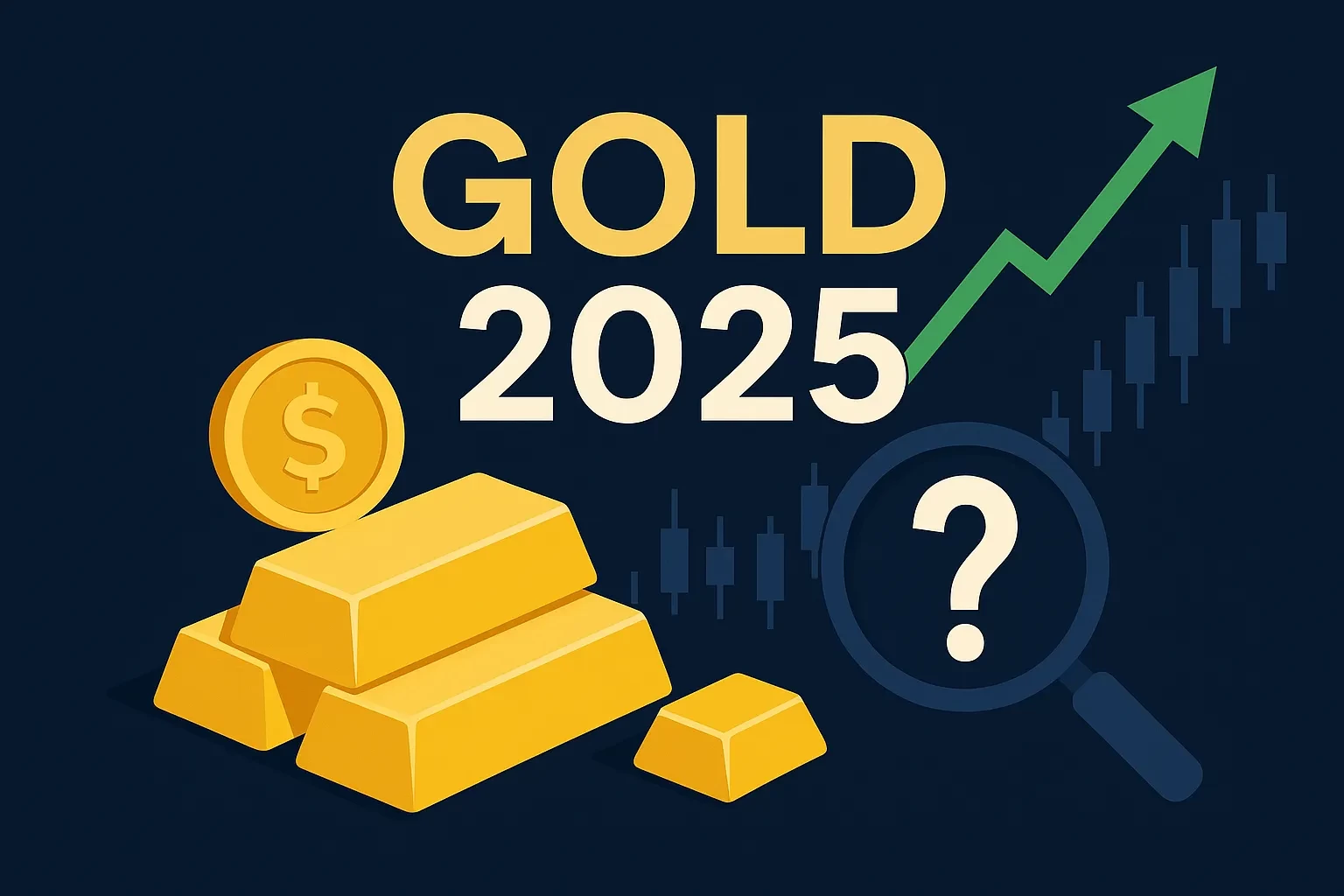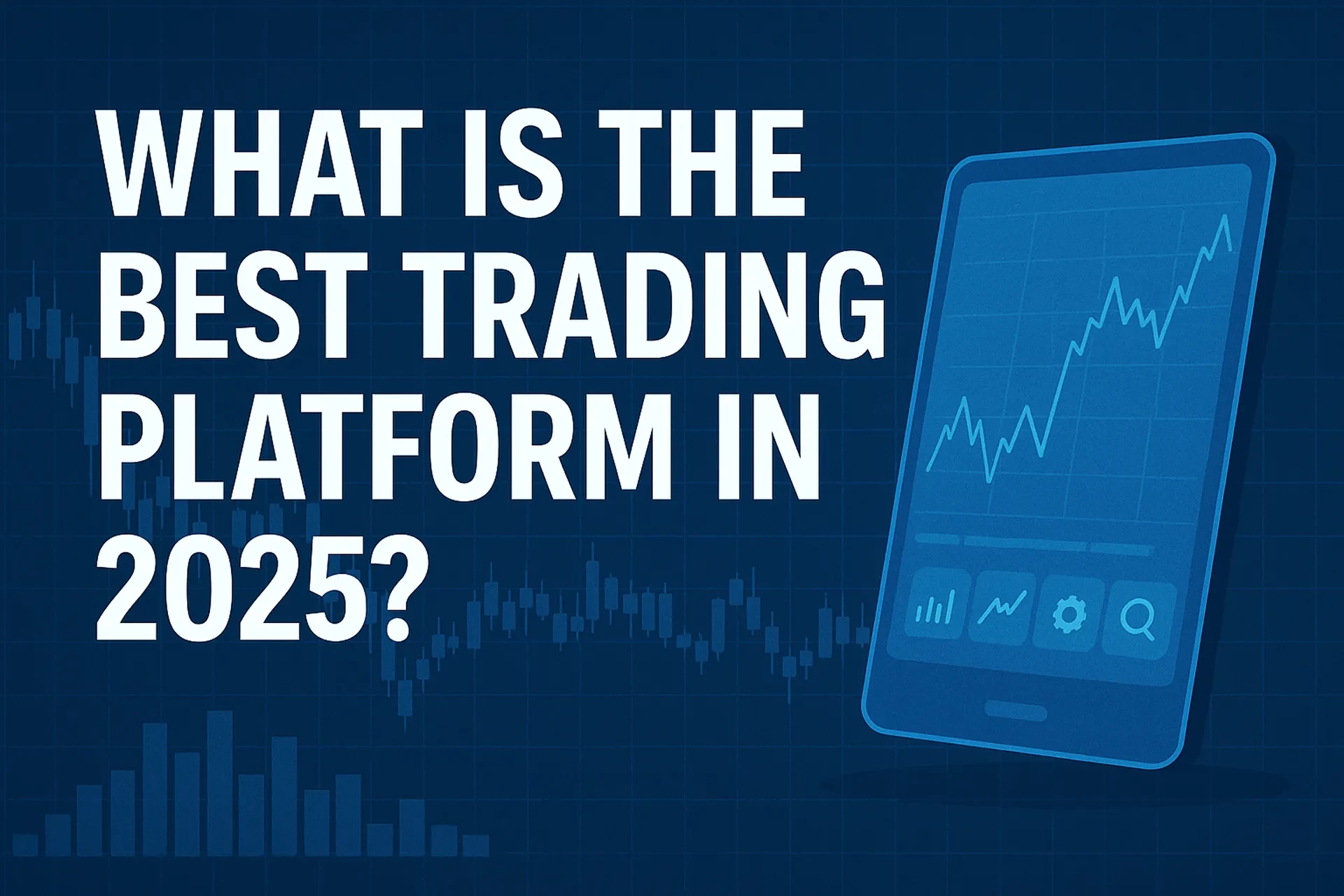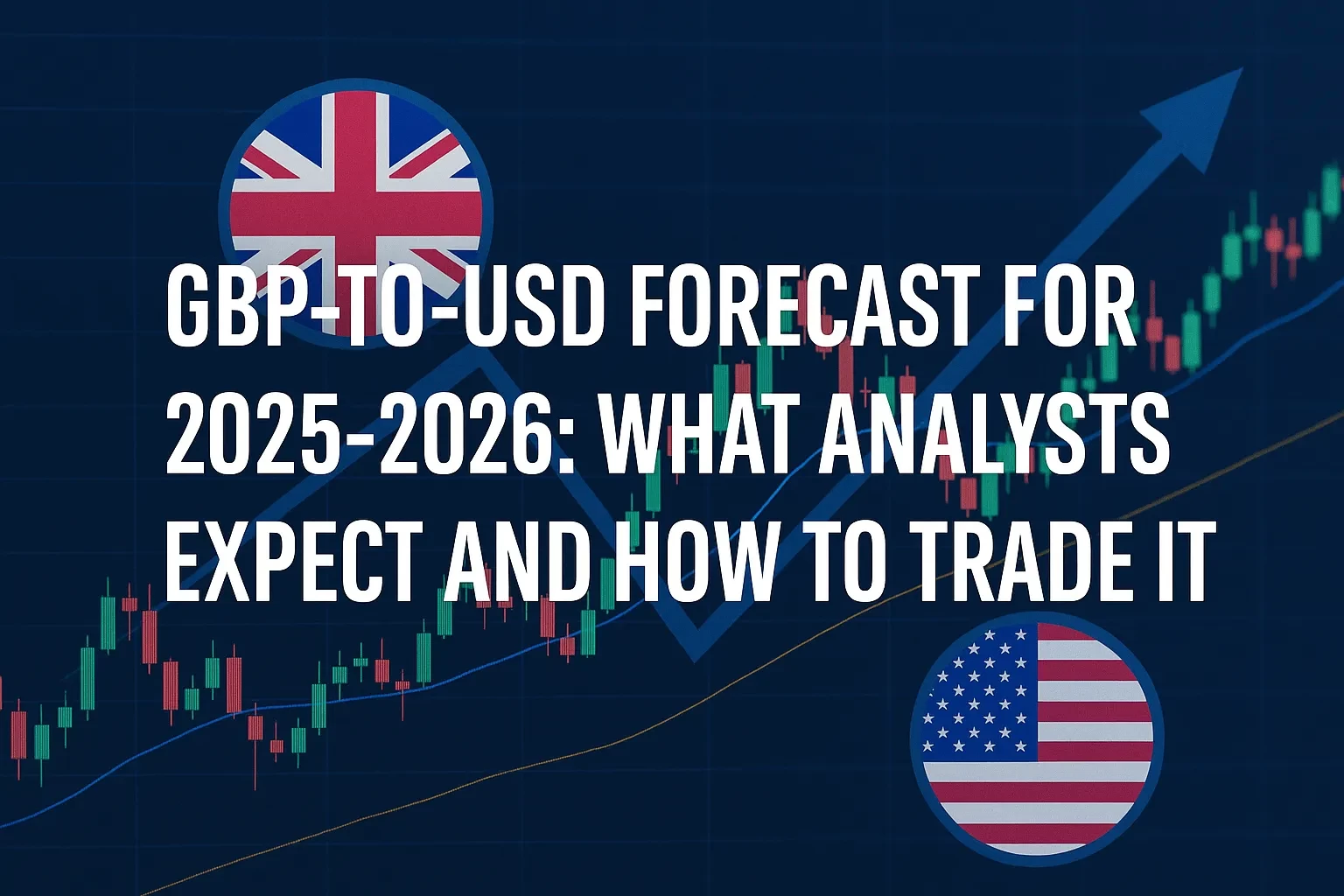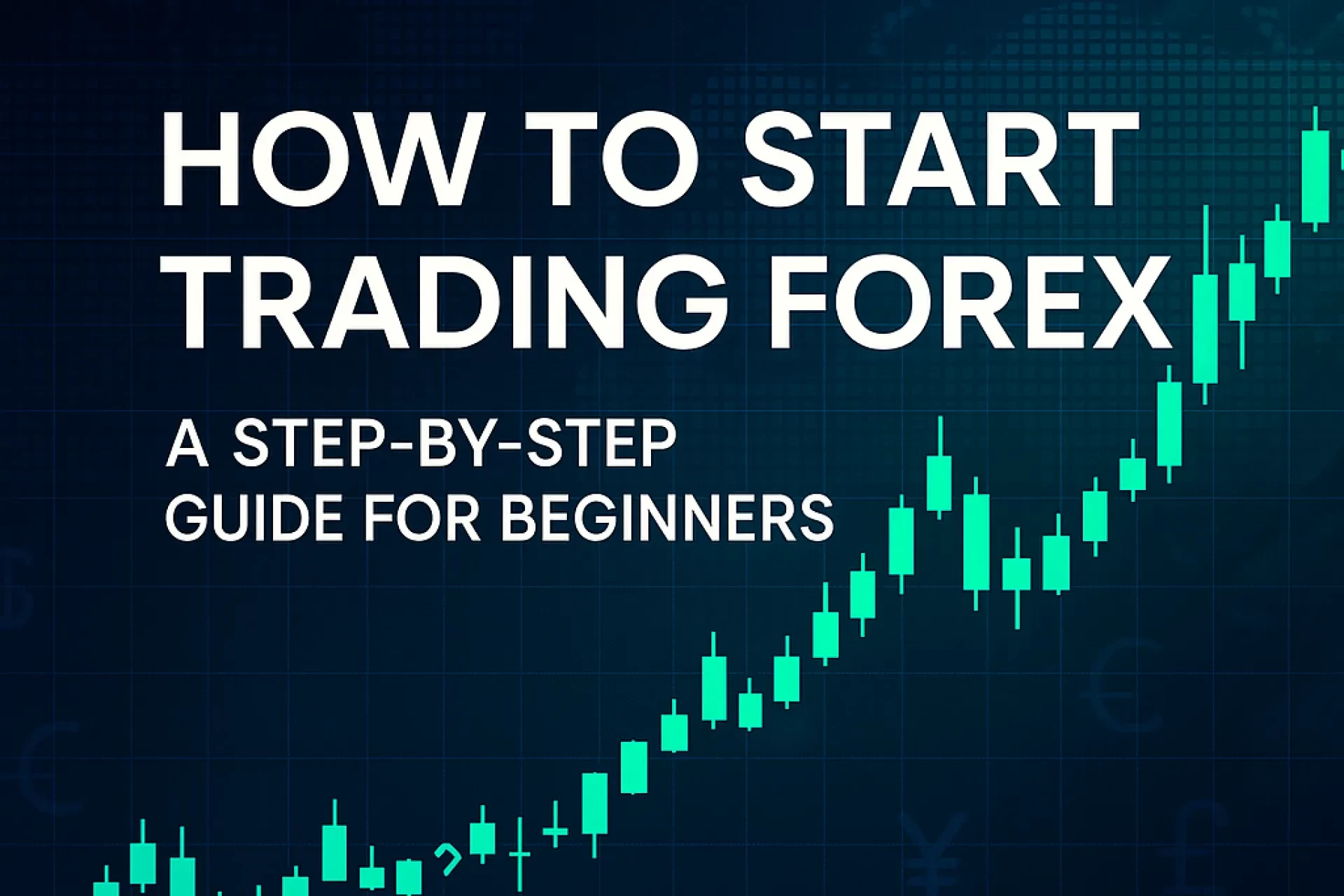Table of Contents
Investors poured $566 billion into U.S. exchange-traded funds in the first half of 2025, lifting industry assets to a record $11.5 trillion (insight.factset.com). From plain-vanilla index trackers to the spot-Bitcoin ETFs the SEC green-lit in January 2024, today’s ETF menu is vast, liquid, and—if you’re not careful—trickier than it looks. This guide answers the popular question “What is an ETF in trading?” and hands you the 2024-2025 rules, metrics, and tactics you need to trade these vehicles with confidence.
1 Definitions & Context
1.1 What Is an ETF?
An exchange-traded fund (ETF) is a registered investment company that issues shares tradeable intraday on a stock exchange at market-determined prices. Each share represents a proportional stake in an underlying portfolio of assets—stocks, bonds, commodities, options, futures, or, thanks to the 2024 ruling, physical Bitcoin (sec.gov).
• Creation/redemption. Authorized participants (APs) swap baskets of underlying securities for ETF shares, keeping price close to net asset value (NAV).
• Continuous pricing. Unlike mutual funds, ETFs trade whenever the exchange is open (and in after-hours sessions for many tickers).
• Transparency. Most ETFs publish daily holdings; active ETFs follow the SEC’s 2024 “proxy-portfolio” transparency rules (effective July 2024).
1.2 ETF Market by the Numbers (2025)
| Metric | Stat (U.S.) | Source |
|---|---|---|
| Total ETF assets | $11.5 trillion | insight.factset.com |
| SPY assets alone | $640 billion | ssga.com |
| 2024 ETF net inflows | ≈ $1.1 trillion | morningstar.com |
| 2025 YTD inflows | $360 billion (thru May) | etfgi.com |
| Bitcoin ETF AUM | ~ $50 billion | barrons.com |
2 Types of ETFs and How They Work
| Category | What It Tracks | Typical Tickers | Key Considerations |
|---|---|---|---|
| Broad Index | Market-cap–weighted equity or bond index | SPY, AGG | Low fee, tight spreads |
| Sector & Thematic | Industry group or theme (AI, cannabis) | XLK, BOTZ | Concentration risk |
| Active | Manager discretion within 1940-Act wrapper | ARKK | Higher expense ratios |
| Leveraged/Inverse | 2×, 3×, –1× daily index return | TQQQ, SDS | Volatility decay, day-trading only |
| Commodity/Physical | Gold, oil, bitcoin | GLD, USO, IBIT | K-1s (for some), storage costs |
| Fixed-Income | Treasuries, corporates, munis | TLT, BND | Liquidity can dry up in stress |
Table 1 – Major ETF buckets (author synthesis, 2025).
3 Step-by-Step Guide to Trading ETFs
3.1 Choose Your Objective
• Buy-and-hold diversification: Broad index or bond ETFs.
• Tactical tilts: Sector, factor, or country funds.
• Short-term speculation: Leveraged, inverse, or option-overlay ETFs.
• Alternative exposure: Commodity or crypto funds.
3.2 Open the Right Account
A standard brokerage works for cash ETFs. For options on ETFs you’ll need option approval; for ETF futures (e.g., CME’s Micro BITO), a futures-approved account plus CFTC risk paperwork is required (CFTC, 2025).
3.3 Vet the Key Metrics
1. Expense Ratio (ER). Even at 0.03 %, fees drag compounded returns.
2. Average Daily Volume & Bid-Ask Spread. Higher volume lowers trading cost.
3. Premium/Discount History. Check how closely price hugs NAV, especially in thin markets.
4. Holdings Transparency. Daily disclosure beats quarterly lag.
5. Tax Structure. Commodity pools issue K-1 forms; bond ETFs distribute taxable interest.
3.4 Plan Your Trade
• Execution. Use limit orders and avoid the first and last five minutes of the session.
• Sizing. Leverage (options, margin) magnifies both P&L and behavioral stress; cap exposure so a single ETF cannot sink more than 2 % of your portfolio.
• Exit Rules. Pre-define profit targets or rebalance points—especially for leveraged funds that rebalance daily.
4 Pros, Cons & Risk-Management
| Advantage | Drawback | Mitigation |
|---|---|---|
| Instant diversification at low cost | Still exposed to systemic crashes | Use bonds/alternatives for offset |
| Liquidity & transparency | Thin spreads can widen in stress (March 2025 Treasury hiccup) | Trade with limit orders, monitor depth |
| Tax efficiency (in-kind redemptions avoid capital gains) | Commodities & crypto ETFs often lack this shield | Hold in tax-advantaged accounts |
| Access to new asset classes (spot BTC, ether index futures) | Novel products can outpace regulation | Read the SEC & CFTC risk statements |
5 Case Study — Using ETFs for a Core-Satellite Portfolio
Investor: Maya, 35, wants long-term growth plus tactical plays.
| Sleeve | ETF | Allocation | Rationale |
|---|---|---|---|
| Core US Equity | VOO (S&P 500) | 40 % | Low-fee market beta |
| Core Bonds | BND (Total Bond) | 20 % | Rate risk buffer |
| Satellite Growth | QQQM (Nasdaq 100) | 15 % | Tech overweight |
| Satellite Value | VTV (Large Value) | 10 % | Factor diversification |
| Inflation Hedge | GLDM (Gold) | 5 % | Geopolitical risk |
| Speculative | IBIT (Spot BTC) | 5 % | Vol-capped crypto exposure |
| Cash | — | 5 % | Dry powder |
After the Q1 2025 tech rally, the QQQM sleeve swelled to 18 %. Maya trimmed 3 % into VTV to restore balance and harvested a 15-month long-term gain, lowering her tax bite.
6 2024-2025 Regulatory Updates Every ETF Trader Should Know
1. Spot Bitcoin ETFs Approved (Jan 10 2024). The SEC green-lit 10 issuers, opening crypto exposure inside IRAs and brokerage accounts for the first time (sec.gov).
2. Swing-Pricing Delay & Liquidity-Risk Amendments (Aug 2024). Compliance for Form N-PORT/N-CEN liquidity reporting pushed to Nov 17 2025, affecting ETF disclosures (sec.gov).
3. SEC Bulletin on Leveraged & Inverse ETFs (Dec 2024). Warns retail investors about compounding drag and suitability; brokers must verify knowledge before approving trades.
4. Crypto-linked ETF Futures on CME (Mar 2025). CFTC allowed cash-settled futures on select crypto ETFs, adding a leveraged layer for professional traders (CFTC, 2025).
5. Active ETF Boom. Active strategies captured $143 billion YTD inflows by May 2025, nearly double 2024’s pace (etfgi.com).
7 Common Mistakes & Pro Tips
| Pitfall | Why It Hurts | How to Avoid |
|---|---|---|
| Buying thin ETFs at market open | Wide spreads inflate cost | Wait 15 minutes; use limits |
| Holding leveraged ETFs long-term | Volatility decay erodes value | Day-trade or hedge, not invest |
| Ignoring tax structure | K-1s surprise April paperwork | Check prospectus section “Taxation” |
| Chasing hot launches | New funds can close, causing forced sales | Demand ≥ $50 mm AUM and liquid options |
| Over-concentration in crypto ETFs | 80 %+ drawdowns are common | Cap at ≤ 5 % of investable net worth |
FAQs
ETFs provide institution-grade diversification, intraday liquidity, and transparent costs—a potent combo for traders and long-term investors alike. Yet the same wrapper can house broad S&P exposure or 3× leveraged biotech. Master the mechanics (creation/redemption, spreads, tax rules), stay abreast of 2025 regulatory tweaks, and size positions so that one ETF can’t derail your plan. Do that, and ETFs become the Swiss Army knife of your portfolio toolkit, not a hidden risk vector.

